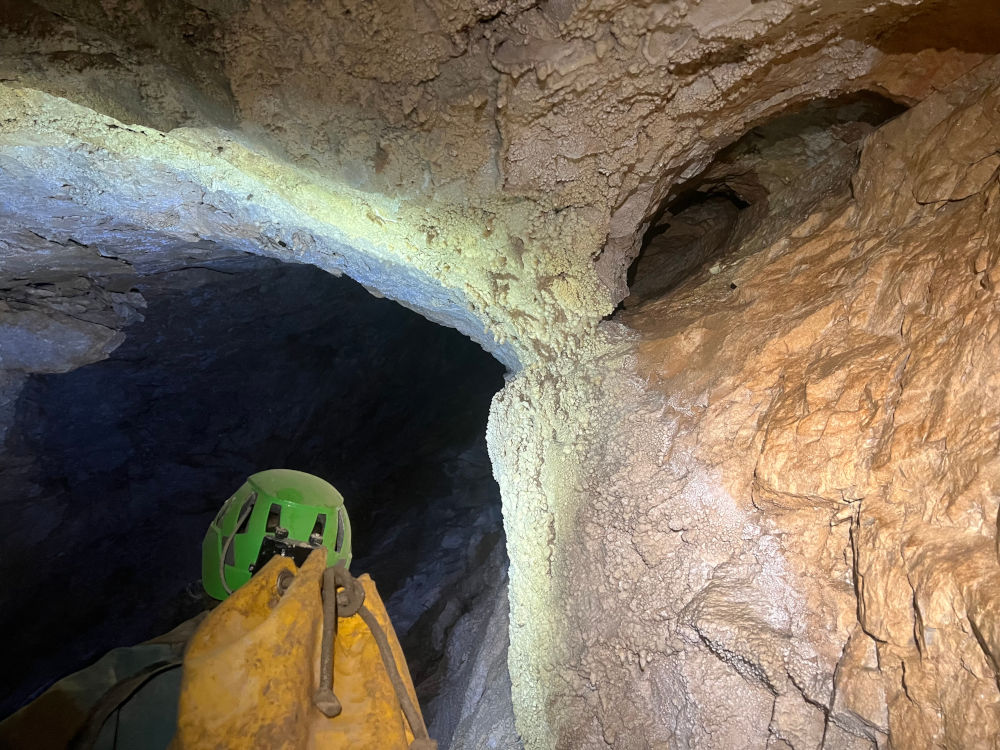The Late Cretaceous and Miocene evolution of the Alps, related to the collision of the Adriatic with the European plate, is relatively well understood. However, the post-Miocene fault activity in the Northern Calcareous Alps (NCA) is poorly recognized due to the lack of deformed Neogene sediments and glacial erosion of geomorphic indicators. Dr. Jacek Szczygieł, along with a team from Vienna, Prague, and Mainz, has published in the Scientific Reports the results of a paleostress analysis of 172 reactivated faults that offset passages in 28 caves near major faults between Vienna and Salzburg. The results indicate that from the Pliocene onward the NCA were subject to compression toward the N to the NE. 230Th/U dating of the faults indicates that the current state of stress has not changed significantly over the last 0.5 Ma. In contrast to the previously proposed post-Miocene N-S extension in the NCA, the eastward tectonic extrusion resulting from N-S convergence has continued despite a distinct slowdown of plate tectonic velocities in the late Miocene.
The paper is the effect of Dr. Jacek Szczygiełs one-year stay at the University of Vienna under a Bekker Fellowship awarded by NAWA
Szczygieł, J., Baroň, I., Melichar, R., Plan, L., Mitrović-Woodell, I., Kaminsky, E., Scholz, D., Grasemann, B., 2022. Post‑Miocene tectonics of the Northern Calcareous Alps. Sci. Rep. 17730. https://doi.org/10.1038/s41598-022-22737-5






